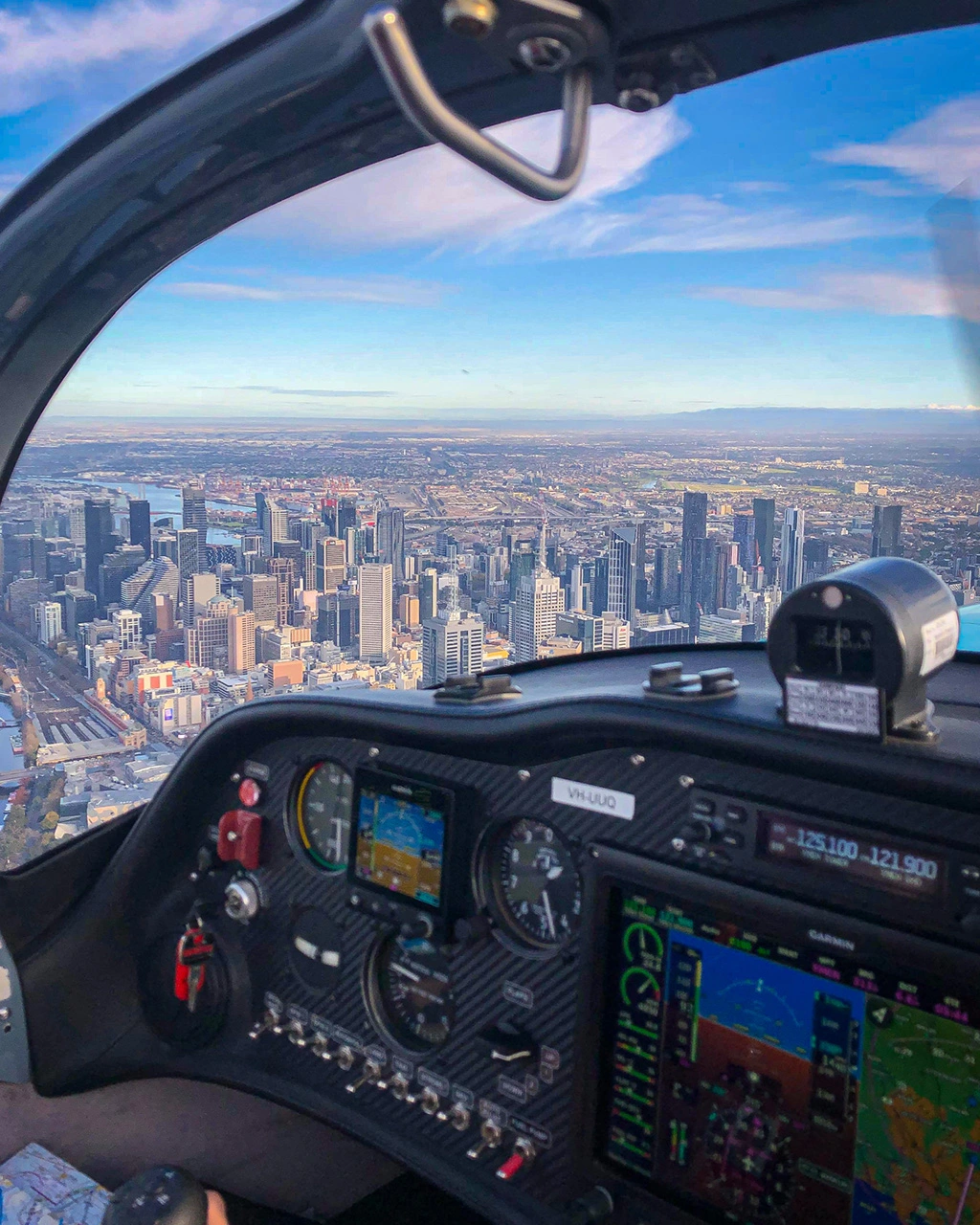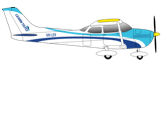
June 24, 2025
Understanding the Foundations of Aviation Legislation
The aviation industry remains heavily regulated worldwide because air transport involves activities that require strict safety measures. A student pilot, flight instructor or aviation manager must understand aviation regulations to maintain compliance, safety standards and operational efficiency.
1. The Global Architecture of Aviation Law
International cooperation serves as the fundamental basis for aviation legislation. The Chicago Convention established the International Civil Aviation Organisation (ICAO) through the Convention on International Civil Aviation in 1944. The United Nations specialised agency known as ICAO develops international standards and recommended practices (SARPs) which member states implement to achieve safe and efficient international air travel.
Key provisions of the Chicago Convention include:
- Recognition of state sovereignty over airspace.
- Requirements for aircraft registration and airworthiness.
- Standardisation of aviation personnel licensing and operational procedures.
ICAO cannot enforce laws but its SARPs form the foundation for national aviation legislation. States adopt international aviation standards as part of their domestic legislation while making necessary adjustments to fit their specific local conditions and policy goals.
2. National Implementation: The Role of Civil Aviation Authorities
The civil aviation authority in each member state of ICAO oversees aviation regulation within its national boundaries. The Civil Aviation Safety Authority (CASA) operates as Australia’s main regulatory body, which enforces the Civil Aviation Act 1988 alongside the Civil Aviation Safety Regulations 1998 (CASRs).
CASA’s responsibilities include:
- Issuing pilot licences and medical certifications.
- Regulating airworthiness and maintenance of aircraft.
- Overseeing airspace management and air traffic services.
- Conducting audits and surveillance of aviation operators.
Through the Manual of Standards (MOS), CASA harmonises its regulations with ICAO SARPs to align with international standards while accommodating Australia’s specific operational environment.
3. Categories of Aviation Legislation
Multiple distinct categories exist within aviation legislation to serve specific purposes.
a. Primary Legislation
The Civil Aviation Act 1988 in Australia serves as an example of Acts of Parliament included within primary aviation legislation. Laws empower aviation agencies with legal status and specify their duties.
b. Secondary (Delegated) Legislation
These regulations operate under primary legislation authority, which includes instruments like the CASRs and MOS. The regulations contain detailed operational and technical requirements, including flight crew licensing standards, along with maintenance protocols and safety management systems.
c. Advisory and Guidance Material
Although they don’t have legal authority, Civil Aviation Advisory Publications (CAAPs) and airworthiness bulletins serve as resources to interpret and guide compliance with aviation laws.
Professionals handling aviation compliance and safety must understand the relationship between these layers to perform their duties effectively.
4. Pilot Licensing and Regulatory Compliance
A fundamental aspect of aviation legislation focuses on the regulation of pilot licensing. The government mandates strict regulations for pilot licensing standards, which guarantee that pilots maintain necessary skills and knowledge to ensure safe aviation operations.
The Australian system for acquiring a pilot licence uses a structured multi-level process.
- Recreational Pilot Licence (RPL) and Private Pilot Licence (PPL licence)
- Commercial Pilot Licence (CPL)
- Airline Transport Pilot Licence (ATPL)
The CASRs and applicable MOS define the theoretical knowledge requirements along with flight hours and assessment standards for each licence level.
The legislative framework establishes requirements for flight training curricula, medical standards, air law examination benchmarks, and currency responsibilities for ppl license applicants. The standards provide a consistent framework for safety and uniform practices among training organisations and private flight operators.
5. Operational Safety and Legal Obligations
Aviation legislation controls various aspects of daily operational activities aside from licensing requirements. Airmen who operate aircraft need to understand the legal requirements that apply to their specific duties.
- Airspace usage: The rules for controlled and uncontrolled airspace, along with radio communication protocols and transponder codes, define airspace usage regulations.
- Flight planning and documentation: The law requires pilots to submit flight plans and maintain operational documents and logs.
- Weather minimums and fuel requirements: Legal standards require safe navigation and contingency planning measures.
- Safety Management Systems (SMS): The law requires commercial operations to implement SMS frameworks for risk-based safety oversight.
Violations of aviation laws may lead to enforcement actions that include fines or license suspension, while gross negligence could result in criminal charges.
6. Legal Responsibilities of Aviation Professionals
Every aviation participant holds a legal obligation to maintain safety standards and comply with regulations. This includes:
- Pilots need to operate according to their licence privileges while reporting any safety concerns.
- Maintenance engineers must adhere to approved procedures and document their work according to legal requirements.
- Operators have the responsibility to manage safety systems while making sure operational authorisations are followed.
- Flight instructors have the responsibility to educate students in compliance with legal requirements while keeping precise training records.
Knowing legal requirements goes beyond penalty avoidance and promotes a safety culture with accountability and professionalism.
The global aviation ecosystem stands on the foundation provided by aviation legislation. The framework harmonises international operations while establishing consistent safety standards that maintain public trust in air travel. All elements of aviation, from pilot training to flight operations, along with maintenance and drone regulation, operate under a multifaceted network of legal requirements.
Understanding aviation legislation is essential for students pursuing a pilot license in Australia, pilots in training, and aviation business managers because it serves as the foundation for all activities in the field. Professionals who maintain awareness of both international and national aviation developments remain law-abiding while actively leading their industry toward enhanced safety and responsibility.








